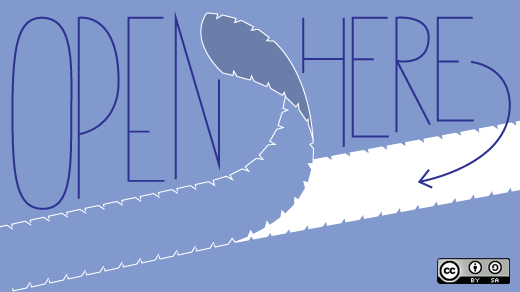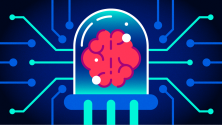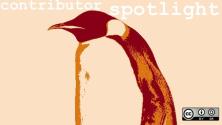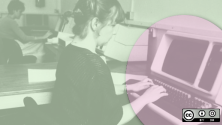My Linux story started in 1998 and continues today. Back then, I worked for The Gap managing thousands of desktops running OS/2 (and a few years later, Warp 3.0). As an OS/2 guy, I was really happy then. The desktops hummed along and it was quite easy to support thousands of users with the tools the GAP had built. Changes were coming, though.
In November of 1998, I received an invitation to join a brand new startup which would focus on Linux in the enterprise. This startup became quite famous as Linuxcare.
My time at Linuxcare
I had played with Linux a bit, but had never considered delivering it to enterprise customers. Mere months later (which is a turn of the corner in startup time and space), I was managing a line of business that let enterprises get their hardware, software, and even books certified on a few flavors of Linux that were popular back then.
I supported customers like IBM, Dell, and HP in ensuring their hardware ran Linux successfully. You hear a lot now about preloading Linux on hardware today, but way back then I was invited to Dell to discuss getting a laptop certified to run Linux for an upcoming trade show. Very exciting times! We also supported IBM and HP on a number of certification efforts that spanned a few years.
Linux was changing fast, much like it always has. It gained hardware support for more key devices like sound, network, graphics. At around that time, I shifted from RPM-based systems to Debian for my personal use.
Using Linux through the years
Fast forward some years and I worked at a number of companies that did Linux as hardened appliances, Linux as custom software, and Linux in the data center. By the mid 2000s, I was busy doing consulting for that rather large software company in Redmond around some analysis and verification of Linux compared to their own solutions. My personal use had not changed though—I would still run Debian testing systems on anything I could.
I really appreciated the flexibility of a distribution that floated and was forever updated. Debian is one of the most fun and well supported distributions and has the best community I've ever been a part of.
When I look back at my own adoption of Linux, I remember with fondness the numerous Linux Expo trade shows in San Jose, San Francisco, Boston, and New York in the early and mid 2000's. At Linuxcare we always did fun and funky booths, and walking the show floor always resulted in getting re-acquainted with old friends. Rumors of work were always traded, and the entire thing underscored the fun of using Linux in real endeavors.
The rise of virtualization and cloud has really made the use of Linux even more interesting. When I was with Linuxcare, we partnered with a small 30-person company in Palo Alto. We would drive to their offices and get things ready for a trade show that they would attend with us. Who would have ever known that little startup would become VMware?
I have so many stories, and there were so many people I was so fortunate to meet and work with. Linux has evolved in so many ways and has become so important. And even with its increasing importance, Linux is still fun to use. I think its openness and the ability to modify it has contributed to a legion of new users, which always astounds me.
Today
I've moved away from doing mainstream Linux things over the past five years. I manage large scale infrastructure projects that include a variety of OSs (both proprietary and open), but my heart has always been with Linux.
The constant evolution and fun of using Linux has been a driving force for me for over the past 18 years. I started with the 2.0 Linux kernel and have watched it become what it is now. It's a remarkable thing. An organic thing. A cool thing.







Comments are closed.